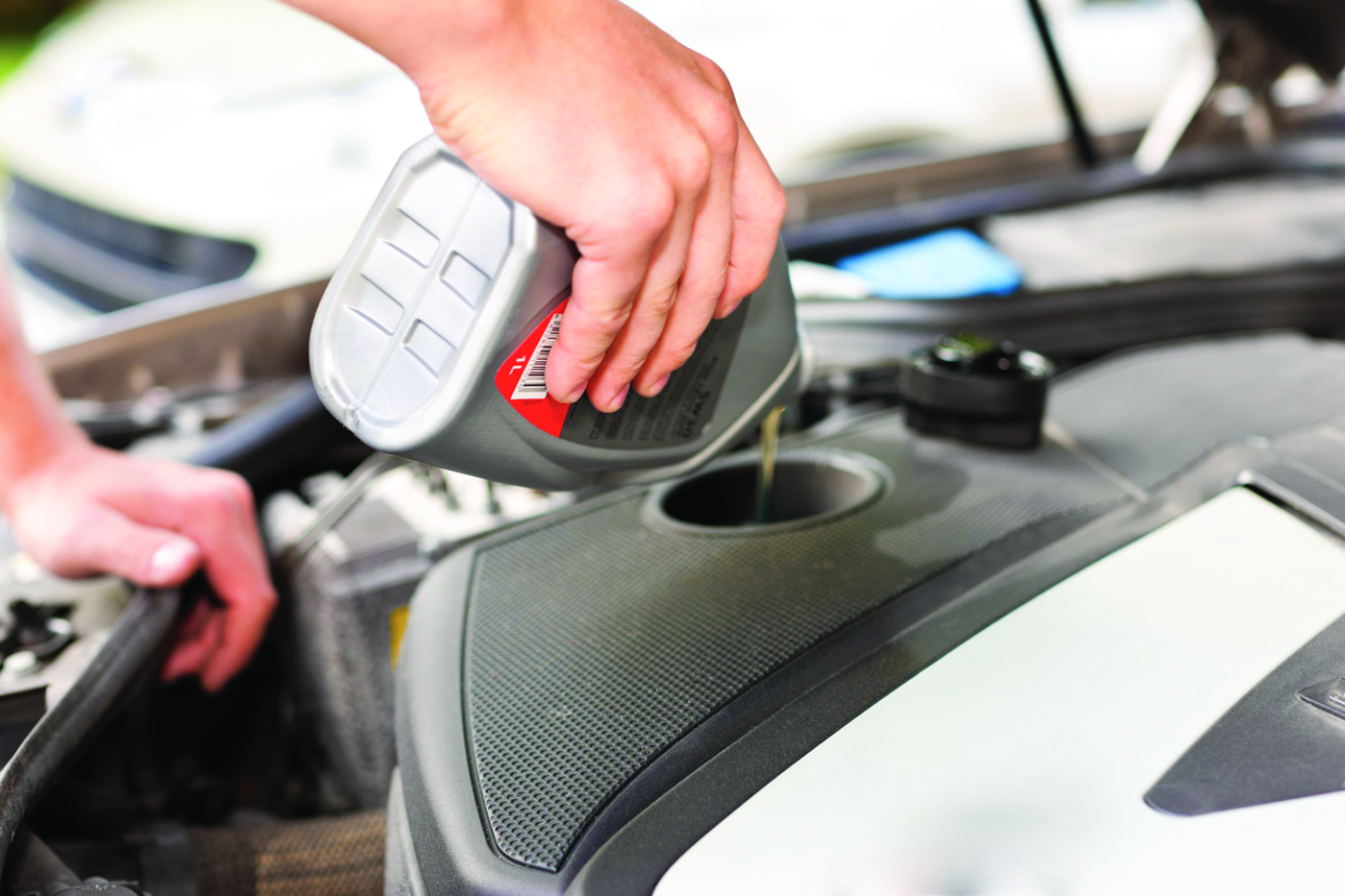

If this happens, it’s best to tow your vehicle to your nearest automotive professional for a proper diagnosis. Many modern vehicles have an automatic engine cut-off feature when the engine overheats to help prevent significant damage. Without sufficient coolant, your engine could overheat. Overheating - Coolant helps pull heat away from the engine.So, if you constantly have to pull over and add more coolant to your reservoir, it might be time to have a professional inspect your vehicle. Repeatedly needing to add fluid - Topping off your coolant reservoir is more of a band-aid than a long-term solution for a coolant leak.If the gauge gets into the red zone, pull over to the side of the road in a safe area and have your vehicle towed to an automotive professional. Rising temperature gauge - If you notice your vehicle’s temperature gauge rising toward that “H” indicator (or RED zone), your engine’s temperature might be increasing due to low coolant levels.An odd, sweet scent - Coolant is the only automotive liquid with a sweet smell, so if you get a whiff of this strange aroma, coolant might be leaking from your vehicle.Preventive maintenance can help you avoid serious engine damage or failure, so keep an eye out for these low coolant symptoms, especially if your vehicle doesn’t have a low coolant light: So, without coolant, your engine may overheat or seize up, potentially causing extensive engine damage that may burn a big hole in your wallet. The thermostat helps regulate the coolant temperature to keep it consistent for optimal engine performance.


Coolant - also known as antifreeze or radiator fluid - plays a crucial role in your engine cooling system.


 0 kommentar(er)
0 kommentar(er)
